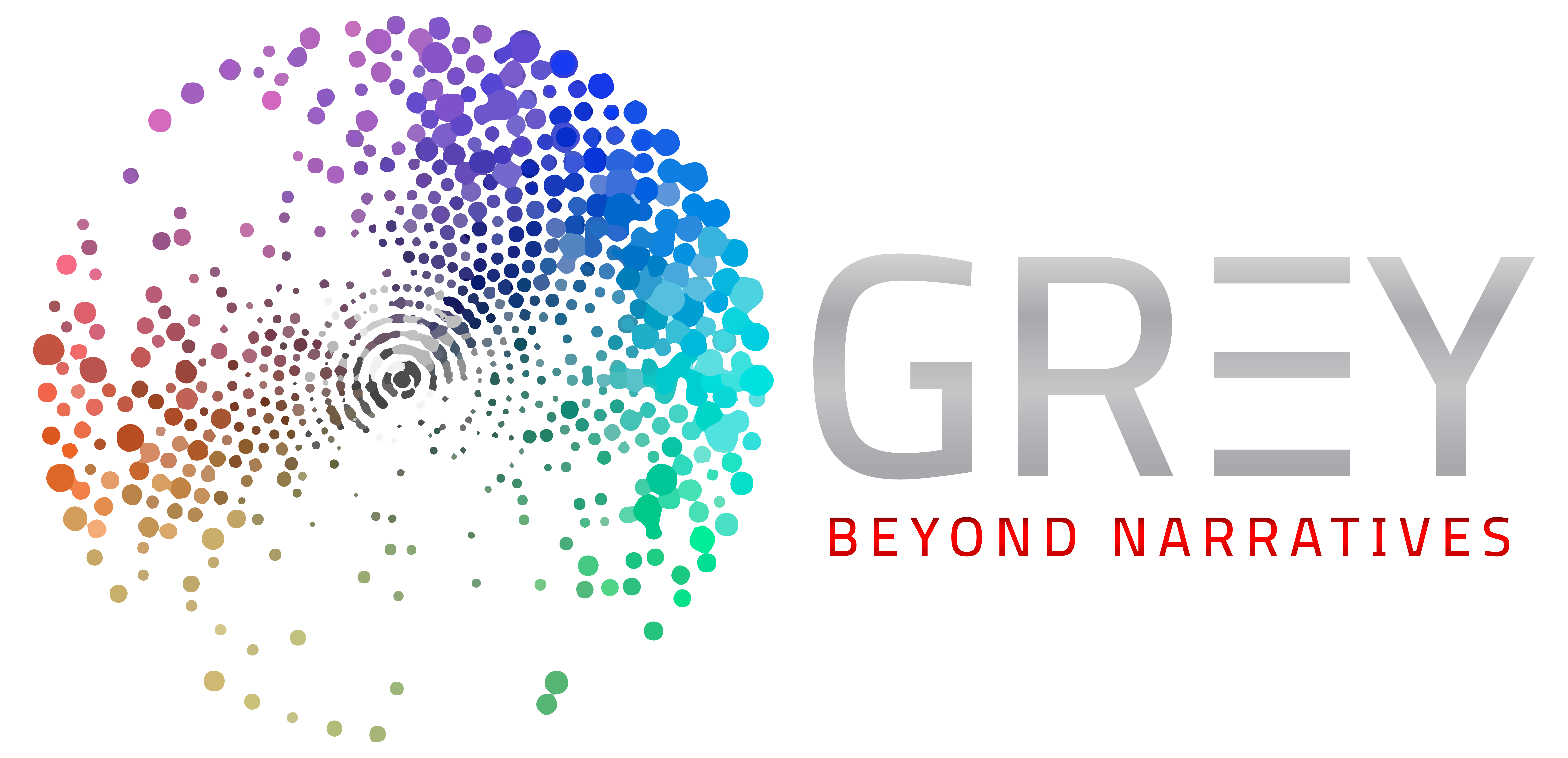
We reported a few weeks ago about an Earth gravity assist flyby for the Lucy mission. Around the same as the spacecraft took a dip closer to Earth than the ISS, it took some fantastic pictures of our nearest neighbor – the Moon. After some processing, those pictures are available for inspection or gawking, as the case may be.
Lucy took three separate pictures, ranging from 6.5 hours to about 8 hours after it flew past the Earth. Each was taken with the Lucy LOng Range Reconnaissance Imager, also called L’LORRI. And they are absolutely breathtaking.
The first covers an area of the Moon known as the Lunar Central Highlands, which is most likely well-known to most lunar observers. Located near the “center of the last quarter of the moon,” according to a NASA press release, there are some prominent craters in the 1200 sq km image, including Arzachel, with its characteristic sub-impacts, near the center of the picture.

Credit – NASA/Goddard/SwRI/JHU-APL/Tod R. Lauer (NOIRLab)
L’LORRI next turned its camera to take a composite shot of the whole Moon from top to bottom. Called a “terminator mosaic” in the press release, it shows a combination of the other two main images Lucy took on its journey past. Some craters clearly stand out, such as Copernicus, which shows as much brighter than other craters on the left side of the image.
Finally, Lucy took an image of Mare Imbrium, which includes the Apollo 15 landing site, in the bottom right corner. Other features include the Apennine mountains, named after the famous range in Italy, and Mare Imbrium itself, which is an ancient impact basin. The image covers a total of 1000 sq km.
To create these images, Lucy mission scientists used several compositing techniques, including stitching together multiple images – the terminator image and the Central Highlands image were crafted from five and ten individual images, respectively. The Mare Imbrium image, on the other hand, was captured with only one.

Credit – NASA/Goddard/SwRI/JHU-APL/Tod R. Lauer (NOIRLab)
Scaling is essential to understand in the images as well – each pixel of the image constitutes between 1.1 km and 1.3 km of area. Also, each image was taken while Lucy was between 230,000 to 260,000 km away from the Moon.
These images are a testament both to how close Lucy got to the Moon, the sensitivity of its instruments, and the technical aptitude of its science team. Taking pictures of the Moon isn’t Lucy’s first priority, but it will still be a few years before it reaches its final destination – the Trojan asteroids on the outer edges of the Jupiter system. In the meantime, we might be able to see even more amazing pictures, either of Earth or the Moon, as Lucy still has two more close encounter gravity assists in its near future.
Learn More:
NASA – NASA’s Lucy Spacecraft Views the Moon
UT – Lucy Took This Picture of Earth as it was Making its Gravity Assist Maneuver
UT – Lucy Zipped Past Earth to get a Gravitational Assist Towards Jupiter’s Trojans
UT – Lucy is off to Visit Jupiter’s Trojan Asteroids
Lead Image:
Photo of the Moon’s Central Highlands taken as Lucy flew by.
Credit – NASA/Goddard/SwRI/JHU-APL/Tod R. Lauer (NOIRLab)
The post Want a Sneak Peek From NASA’s Lucy Mission? Here are Some Photos it Took of the Moon During its Flyby appeared first on Universe Today.





More Stories
Will Triton finally answer, ‘Are we alone?’
SLS Hurricanes, James Webb Fixed, Strange Quark Star
This Nearby Dwarf Galaxy has Been a Loner for Almost the Entire age of the Universe